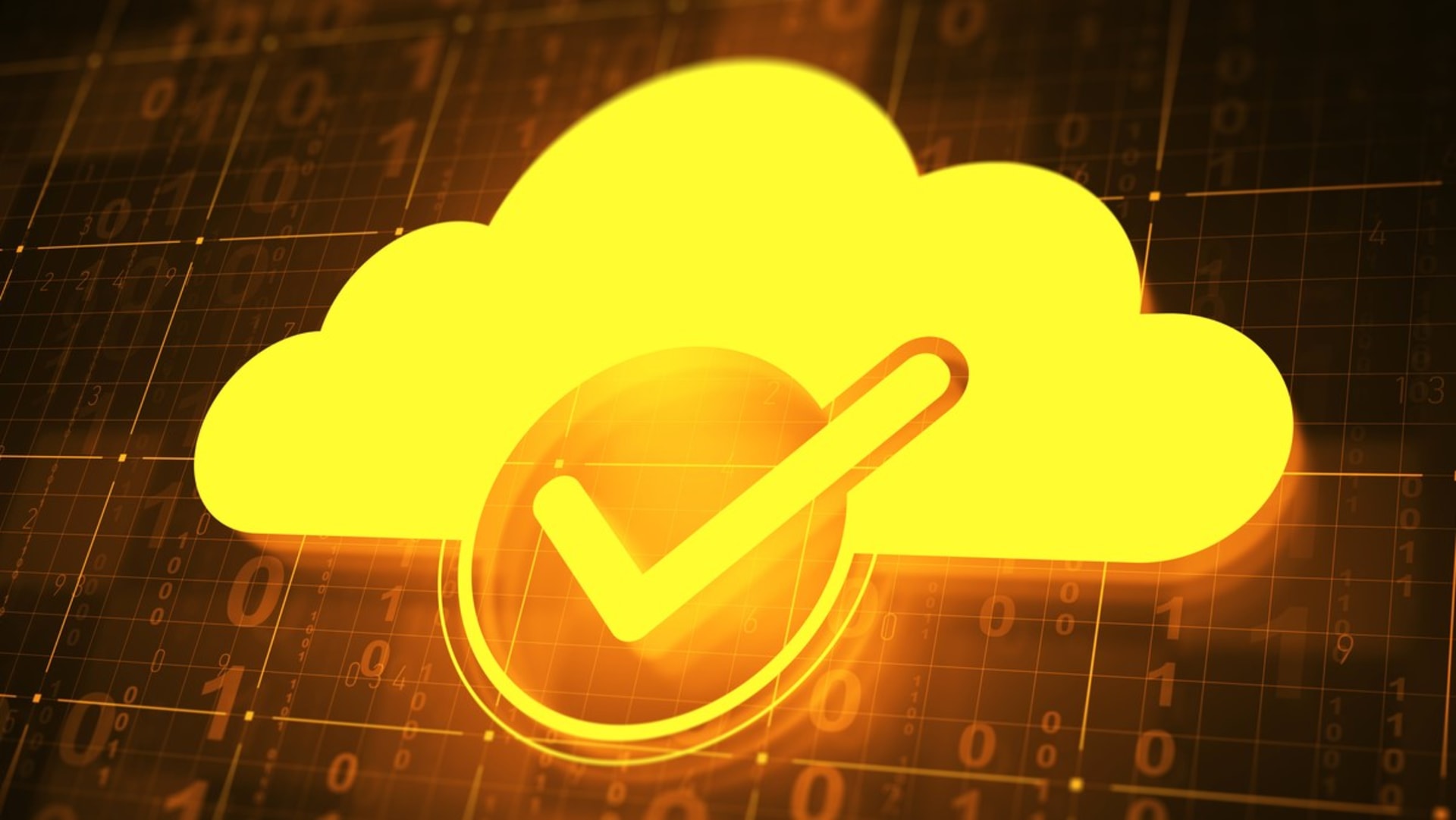The way companies do business is in a constant state of evolution. Once upon a time, the fax machine was considered cutting edge. Now? It’s an antiquated dinosaur that is often maligned as being too outdated to function in today’s modern, security-focused world.
It seems every day some new piece of technology arrives to help make companies function more efficiently. At the heart of this evolution is EDI (electronic data interchange). Although the meaning of EDI is, on the surface, quite simplistic, there are nuances to it that need to be discussed.
But first, let’s tackle the actual definition of EDI.
What Is EDI?
Though EDI might sound like a new genre of music, it’s not. EDI stands for electronic data interchange and is defined as the automated exchange of standard business documents, via various computer-to-computer methods, over a secured, reliable connection.
There’s a bit to unpack there, but on the surface, one might be inclined to say EDI is email, cloud sharing , Samba, NFS, even SMS.
It’s not exactly that simple.
EDI sets out to replace some of the old-school methods of transferring documents between computers. That includes snail mail, faxes, and even email.
Hold on. When was email considered antiquated? It’s not really. The issue with email lies in its inability to be secure by default. When sending documents via email, unless said email is encrypted, it’s very possible that a bad actor could easily intercept that missive to gain access to the bounty it contains.
In the world of modern business, purchase orders, invoices, shipping statuses, customs information, inventory documents and payment details should not be transmitted over those old-school protocols. Why? Because very often those documents can contain sensitive information such as client/customer details, bank account information, phone numbers, account information, and addresses. You do not want such details to be released into the world.
Because of that, your company should rely on more secure means of communication. Ergo, EDI. EDI documents are always processed via formats that follow strict standards for each piece of data to eliminate variations. By doing this, every computer involved can successfully transfer the data. Of course, most industries adhere to their particular standards, which means everyone involved must be on the same page.
There are several very important factors to take into consideration when examining EDI:
- A large number of security protocols must be used.
- Companies must use the same standards or work with an intermediary.
- EDI tools are available to make employing the technology considerably easier.
- Some EDI tools make use of older protocols, such as FTP.
Given that, it’s pretty simple to conclude that any business in a particular sector must be using the same EDI systems and standards but aren’t limited to building their own solutions. It’s also important to understand that if you opt to go with a proprietary, third-party solution, you must make certain to select a tool that is widely accepted in your industry.
There are a number of benefits to adopting EDI, such as automation, inventory tracking, real-time updates, automated generation of shipping notifications, and faster, more reliable invoicing. On top of that, you gain the added security that comes with using protocols and tools that were designed specifically for your business sector.
What Are the Most Common Types of EDI?
First off, the specific industries that must make use of EDI include supply chain (for retail, manufacturing, and automotive), healthcare (exchanging patient information), logistics (tracking goods and scheduling shipment), account (invoicing and audits), and aviation (flight information and passenger names).
There are a number of EDI types (or standards) that are most commonly used around the globe:
- UN/EDIFACT (international trade outside of the U.S.)
- HL7, FHIR, CCD, CCDA, and others (electronic exchange of healthcare data)
- EANCOM (a subset of UN/EDIFACT that contains only the messages used in business applications)
- EDIG@S (designed specifically for the gas industry)
- IATA Cargo-IMP (air transportation industry)
- IATA Cargo-XML (electronic communication between airlines and cargo stakeholders)
- NCPDP SCRIPT (for prescription information)
- RosettaNet (used by consumer electronics and semiconductor industries)
- SAP IDoc (used within SAP tools)
- SEF (an open standard that can be read by all EDI applications)
- TRADACOMS (used by the U.K. real estate industry)
- X12 (the de facto standard in the U.S.)
- IATA PADIS (used for passenger travel and airport-related passenger service activities)
As you can see, many industries have their own standards, which makes EDI far more complicated than a simple email or SMS communication.
Conclusion
EDI has become a crucial tool for businesses around the world. If your company has to share documents with other businesses (either within the same sector or not), you would be remiss if you (and those responsible for IT systems in your company) did not research and implement EDI immediately.
Given how security and privacy have become a critical function of how we do business, the proper usage of EDI has become an absolute must.











